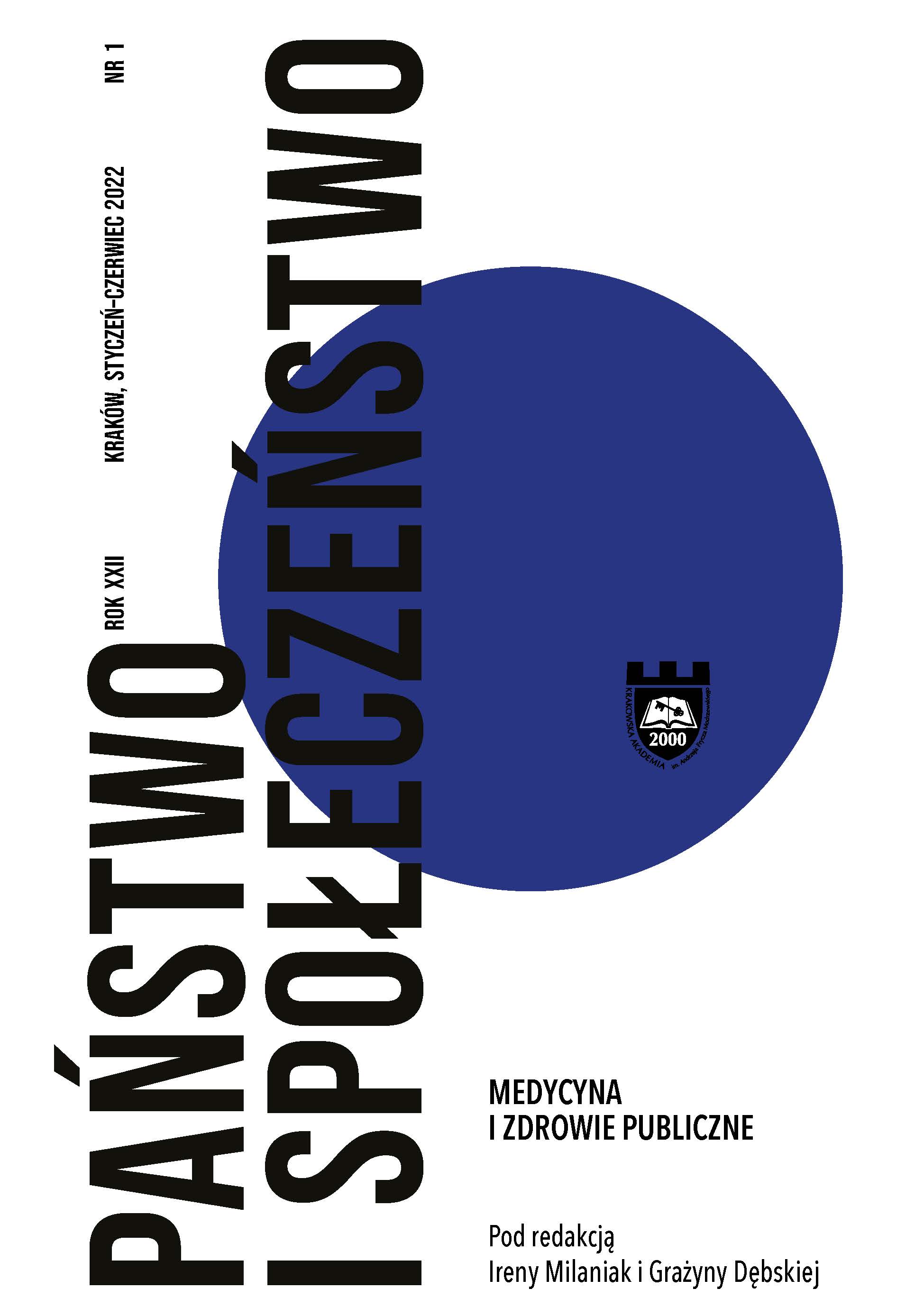Urinary incontinence in post-menopausal women and its impact on lifestyle and areas of life
Urinary incontinence in post-menopausal women and its impact on lifestyle and areas of life
Author(s): Edyta Laska, Anna Lubas, Wioletta Katarzyna Szepieniec, Joanna Kin-Dąbrowska, Paweł SzymanowskiSubject(s): Health and medicine and law
Published by: Oficyna Wydawnicza AFM Uniwersytetu Andrzeja Frycza Modrzewskiego w Krakowie
Keywords: urinary incontinence; menopause; lifestyle; area of life;
Summary/Abstract: Introduction: Urinary incontinence is a global problem, as shown by statistics. This study assesses the impact of urinary incontinence on lifestyle and areas of life in pre- and post-menopausal patients in southern Poland. Material and methods: The study used an original diagnostic questionnaire to survey a group of 492 women. The following tests and coefficients were used for analysis: the Spearman and Pearson rank correlation coefficient, Student’s t-test, and non-parametric tests of the significance of differences. Results: There were significant differences between the group of pre- and post-menopausal women in the occurrence of urinary urgency (p = 0.001), stress urinary incontinence grade III (p = 0.018), stress urinary incontinence grade II (p > 0.001) and in the amount of urination at night. There was also a correlation between the number of symptoms and lifestyle changes (rs = 0.786; p < 0.001) and the number of areas of life affected by the condition (rs = 0.789; p < 0.001). Conclusions: Urge and stress urinary incontinence are more common after menopause. Pre-menopausal women experience fewer incontinence symptoms and make fewer lifestyle changes.
Journal: Państwo i Społeczeństwo
- Issue Year: XXII/2022
- Issue No: 1
- Page Range: 71-80
- Page Count: 10
- Language: English

